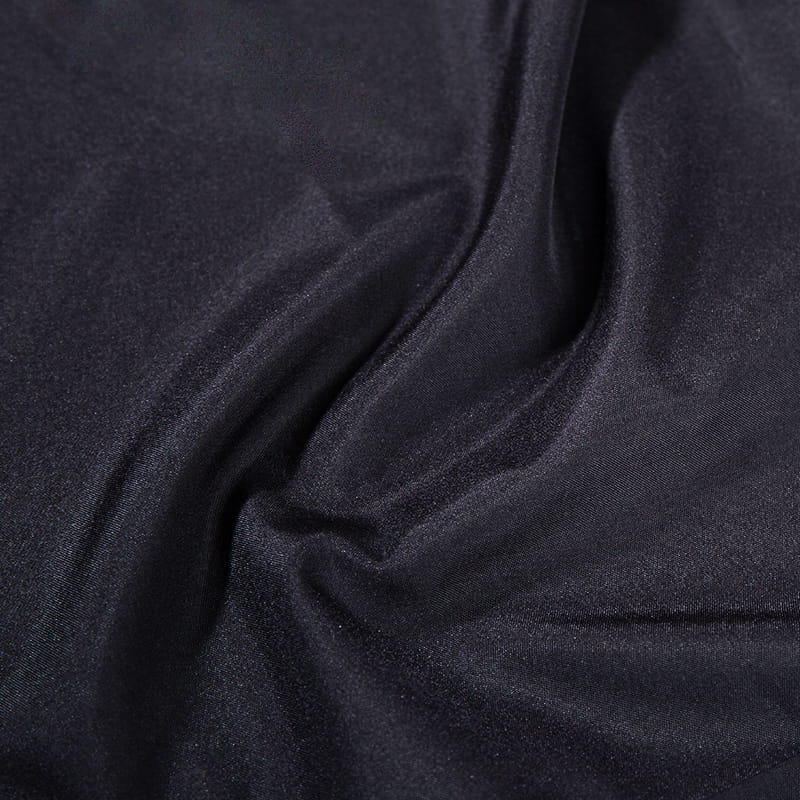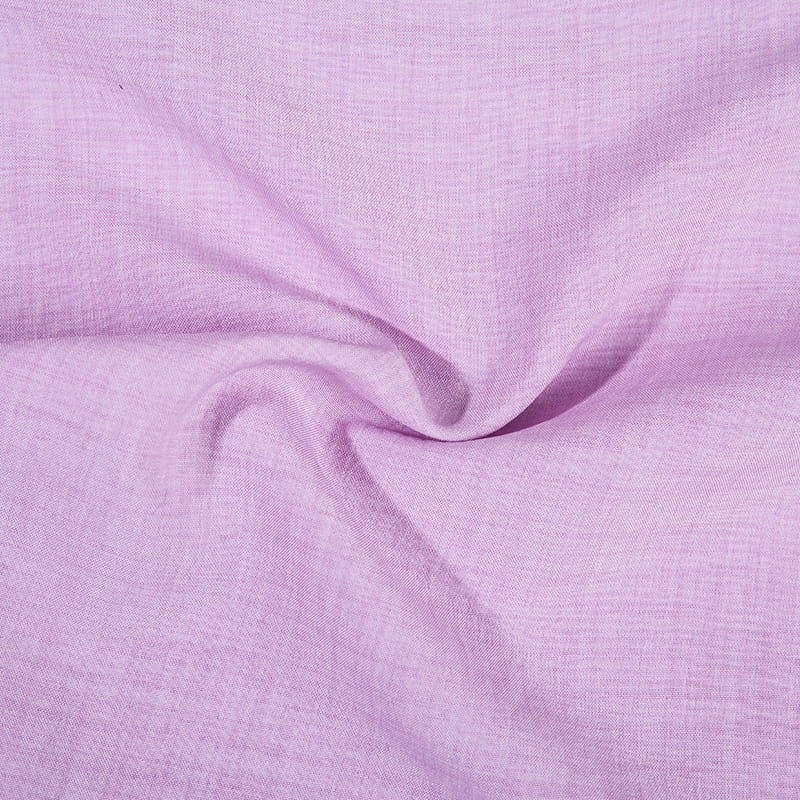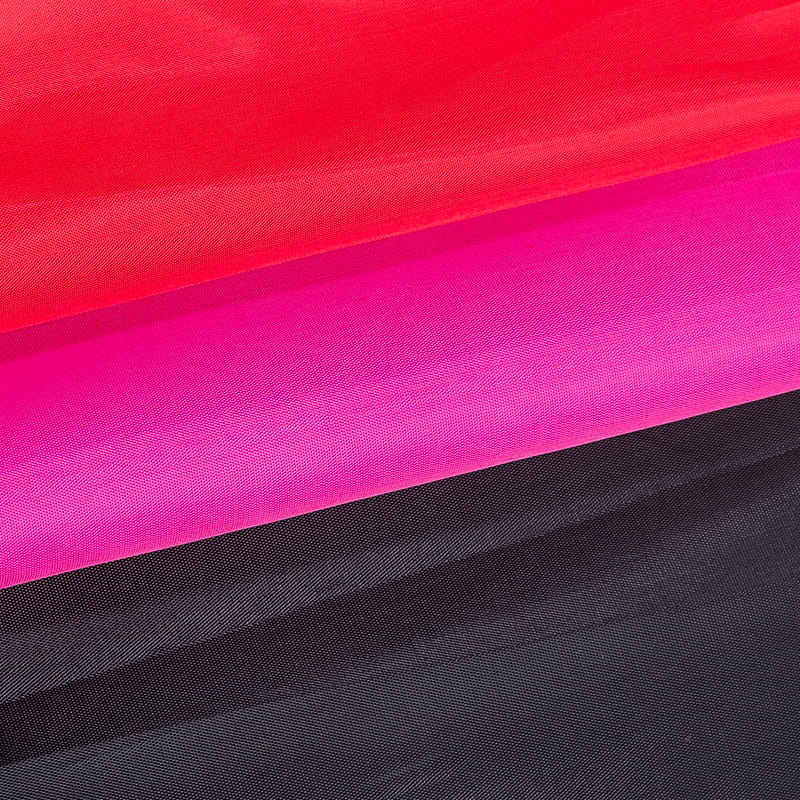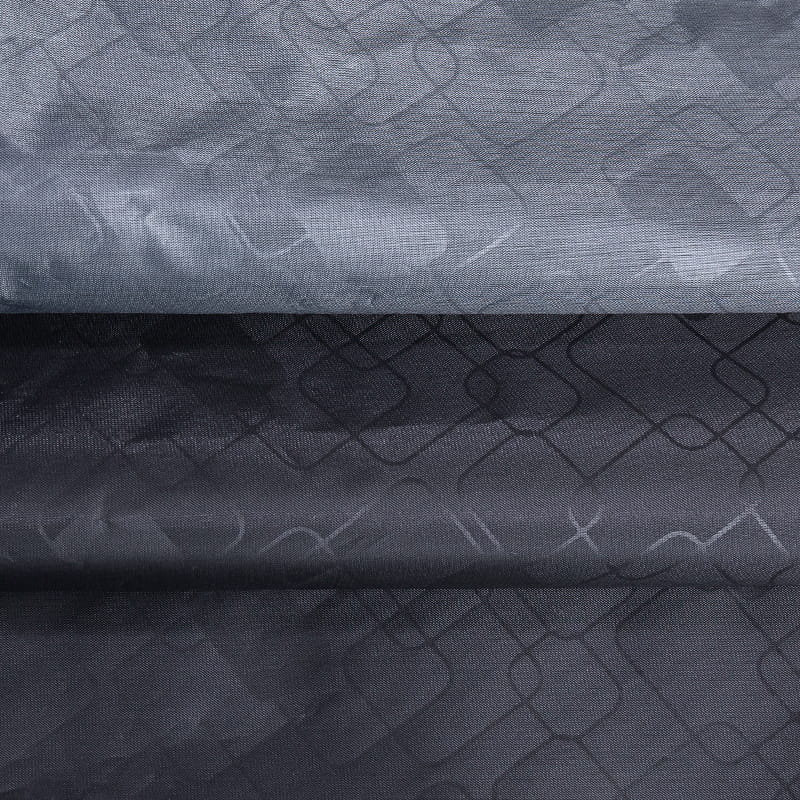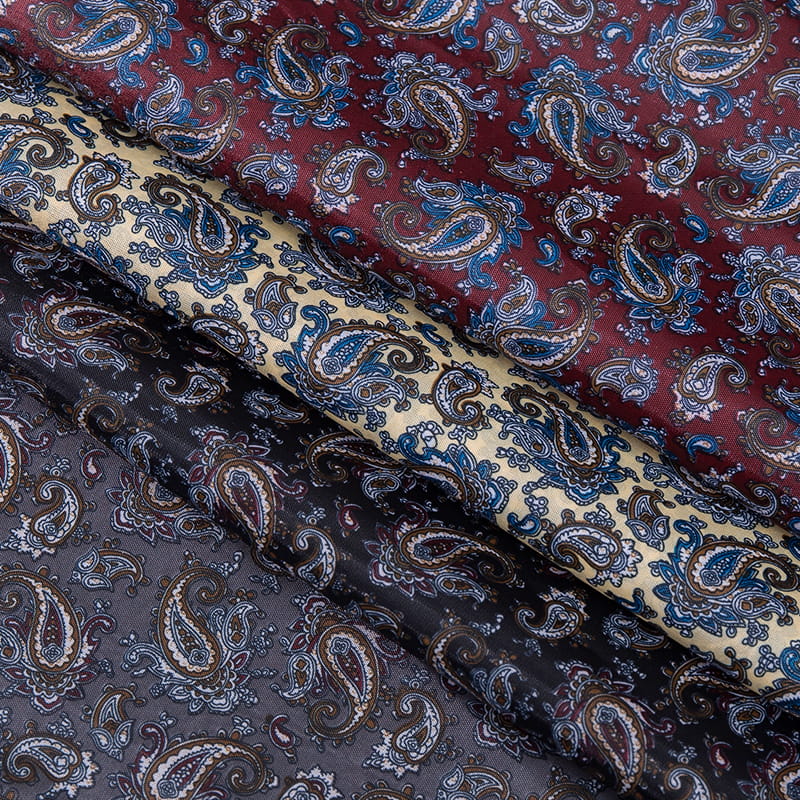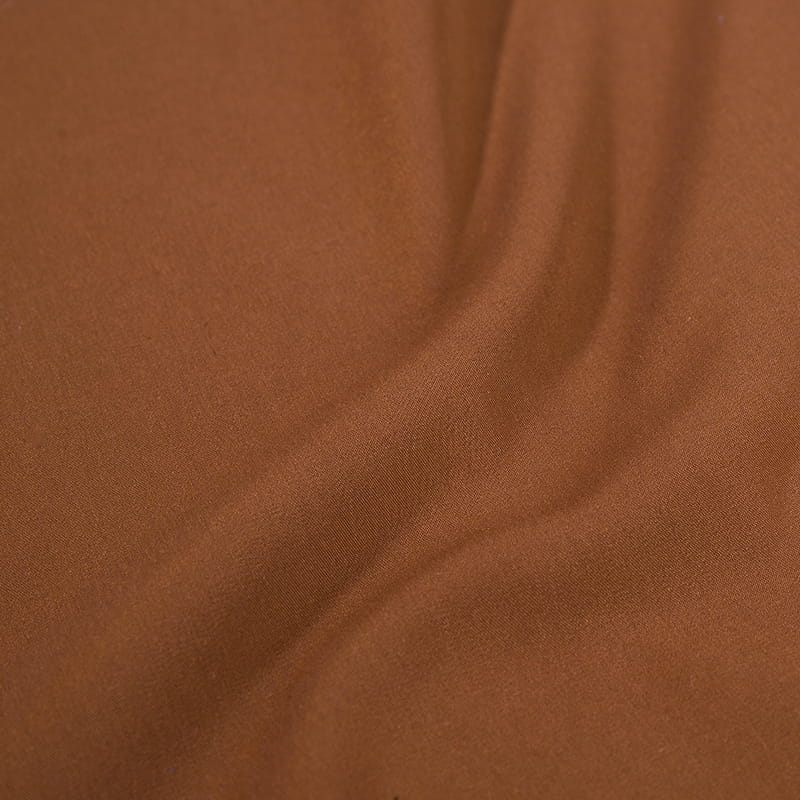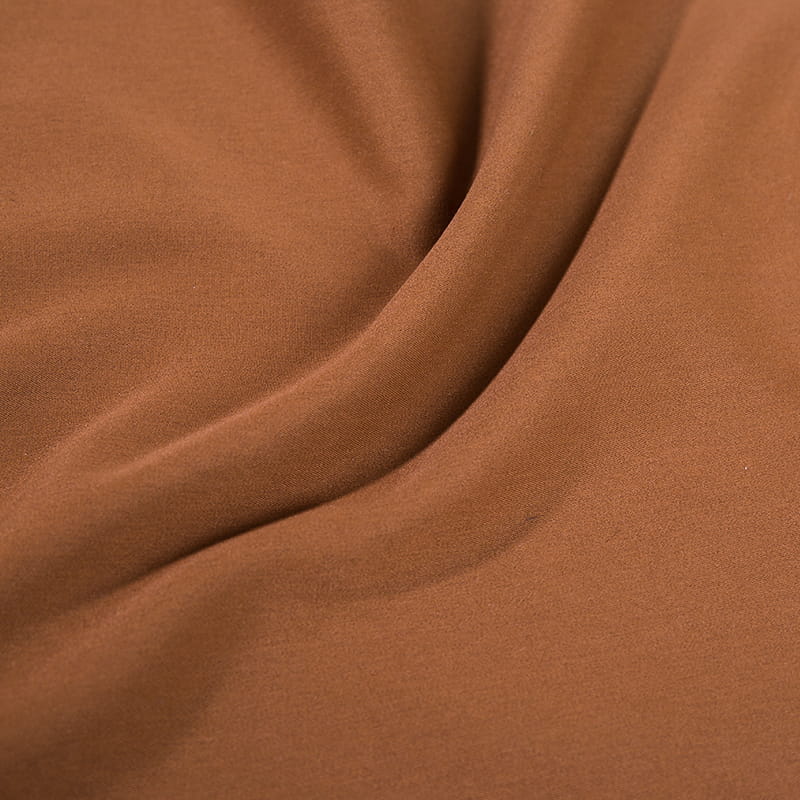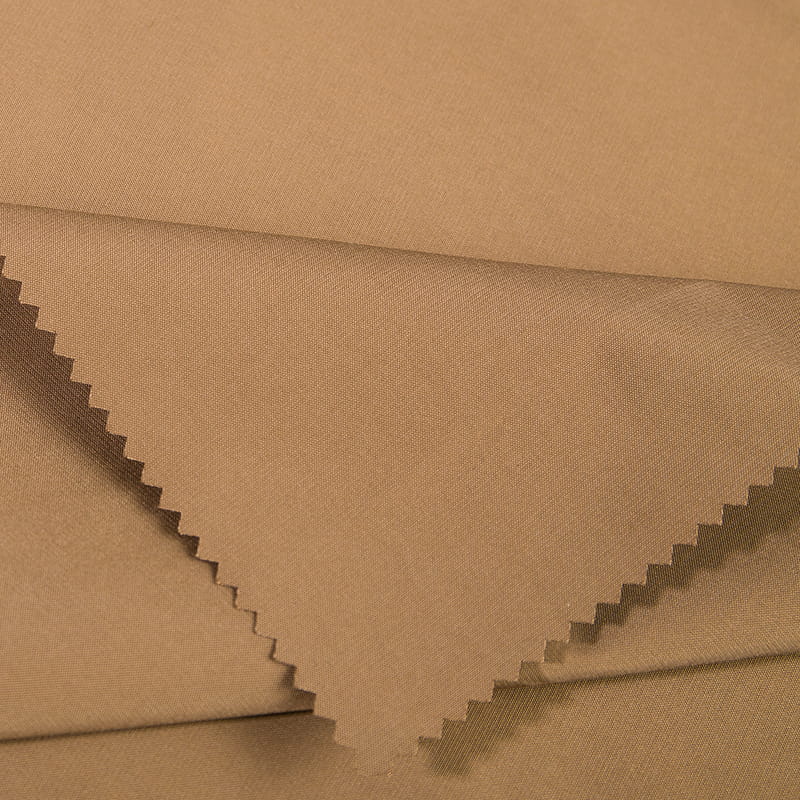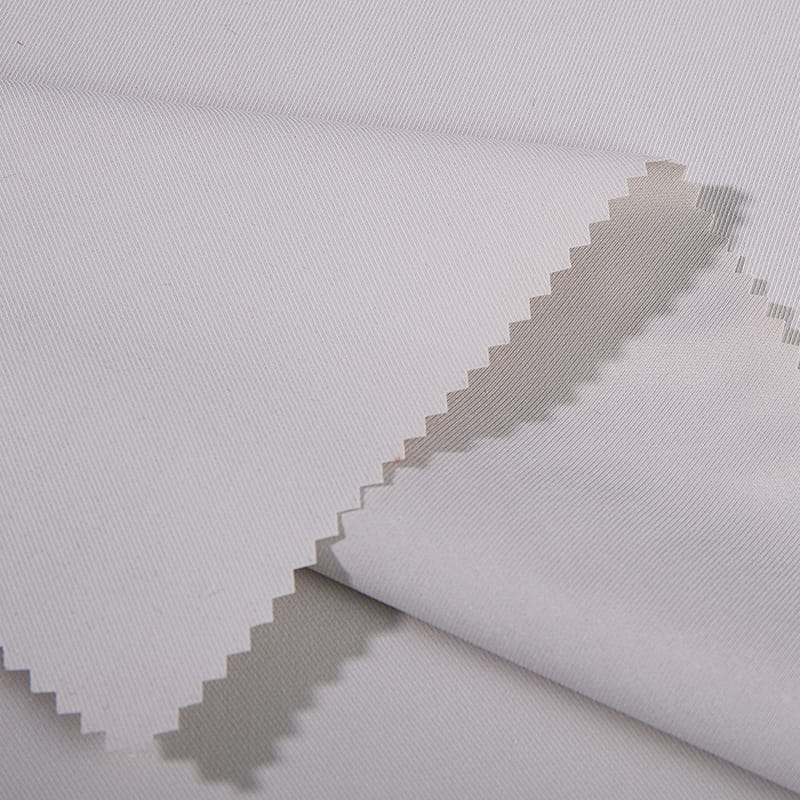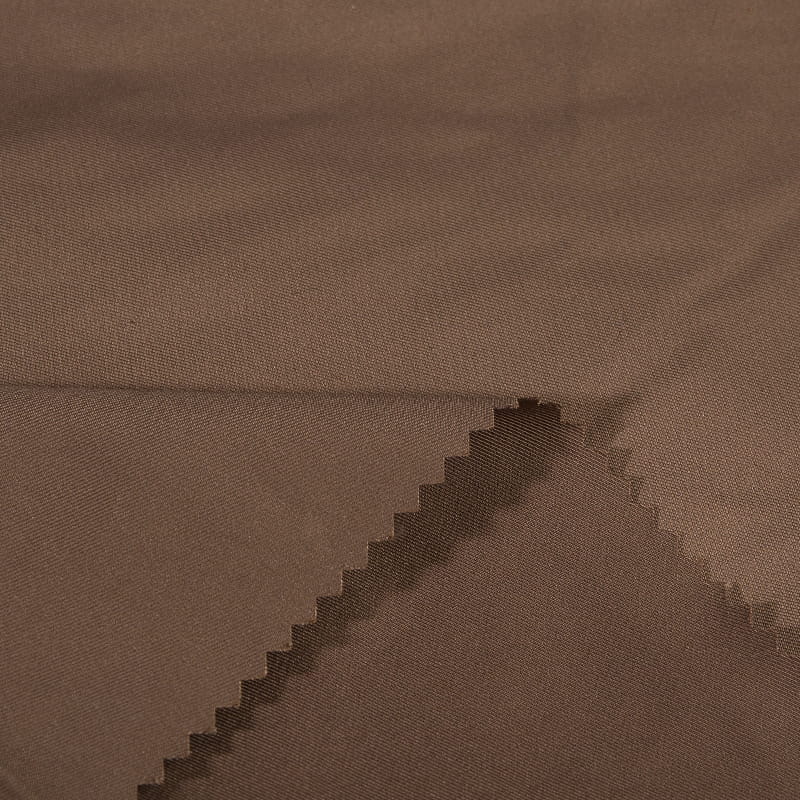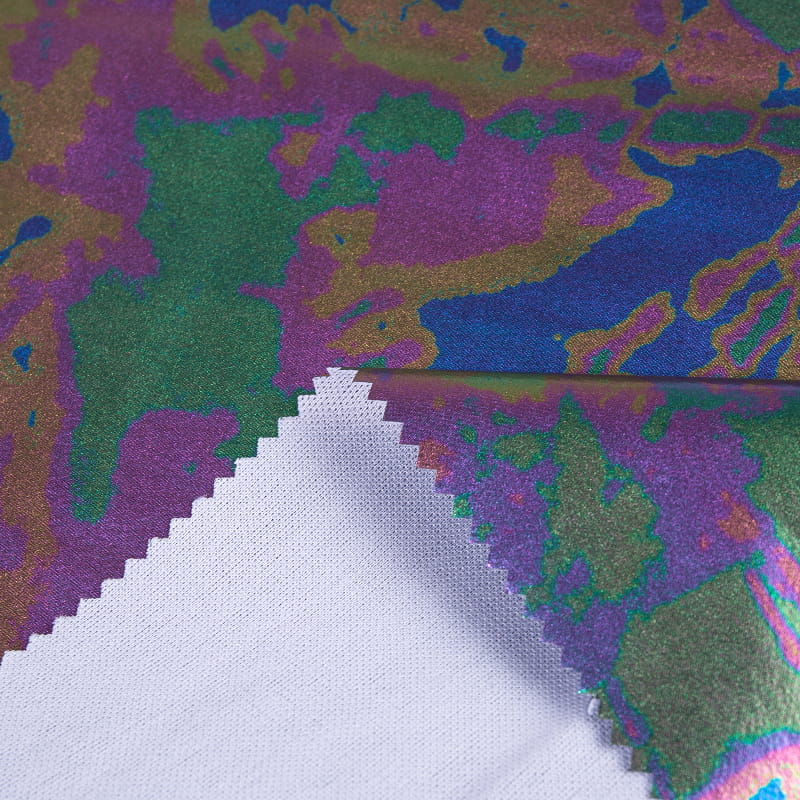NEWS
Home / News / Industry News / What are the differences between nylon foam fabric and other common bag fabrics (such as polyester fiber, leather, etc.)?
What are the differences between nylon foam fabric and other common bag fabrics (such as polyester fiber, leather, etc.)?
2024-05-09
Nylon foam fabric, as a special material, has its unique position in the bag industry. Compared with common polyester fiber, leather and other fabrics, nylon foam fabrics show significant differences in many aspects.
1. Characteristics of nylon foam fabric
Wear resistance: The wear resistance of nylon foam fabric is in the leading position among all synthetic fibers, thanks to its unique foam structure and the high strength of nylon fiber. This abrasion resistance makes bags made from nylon foam fabric extremely durable and able to withstand prolonged use and wear.
Lightness: The excellent lightness of nylon foam fabric is mainly due to its unique foaming technology. During the manufacturing process, gas is injected into the nylon fibers to form tiny bubble structures, thereby reducing the density and weight of the fabric. This foam structure not only maintains the original strength and wear resistance of nylon fiber, but also gives the fabric lightness. Due to the low density and light weight of nylon foam fabric, the bag made of it is naturally extremely lightweight. Whether in daily life or outdoor activities, lightweight bags can greatly improve the user's comfort and convenience. For example, during outdoor activities such as hiking and mountain climbing, lightweight bags can reduce the burden on the wearer and allow them to enjoy the journey more easily.
Elasticity and cushioning: Nylon foam fabric has good elasticity and cushioning properties. When impacted by external force, the foam structure can effectively disperse the impact force and reduce damage to the items inside the bag. This property makes nylon foam fabric ideal for protecting valuable items.
Thermal insulation and thermal insulation: The foam structure in nylon foam fabric can form an air layer, which has certain thermal insulation and thermal insulation effects. This allows bags made of nylon foam fabric to maintain good temperature stability in cold or hot environments, providing good protection for the items inside the bag.
Environmental protection: In the production process of nylon foam fabrics, recyclable materials can be used to reduce the impact on the environment. In addition, due to their durability and reusability, bags made of nylon foam fabric also have a long service life, reducing waste generation.
2. Comparison with polyester fiber
Wear resistance: Although polyester fiber also has good wear resistance, in comparison, nylon foam fabric has better wear resistance. This gives bags made of nylon foam fabric an advantage in terms of durability.
Lightness: The density and weight of nylon foam fabric are much lower than polyester fiber, so the bags made are lighter. In pursuit of lightweight outdoor activities, nylon foam fabric has more advantages.
Elasticity and cushioning: Nylon foam fabric has better elasticity and cushioning properties, which can effectively protect the items in the bag from impact. The performance of polyester fiber in this regard is relatively weak.
3. Comparison with leather
Environmental protection: The production process of leather usually involves a lot of chemical processing and the consumption of animal resources, while nylon foam fabrics are more environmentally friendly. In today's pursuit of sustainable development, nylon foam fabrics have more advantages.
Lightness and comfort: Although leather has an elegant look and feel, its weight and hardness are not conducive to carrying it for long periods of time. Bags made of nylon foam fabric are lighter, more comfortable, and more suitable for long-term carrying and use.
Durability: While leather also offers better durability, nylon foam may have an advantage in some areas, such as abrasion and tear resistance. This makes bags made of nylon foam fabric more reliable during outdoor activities.
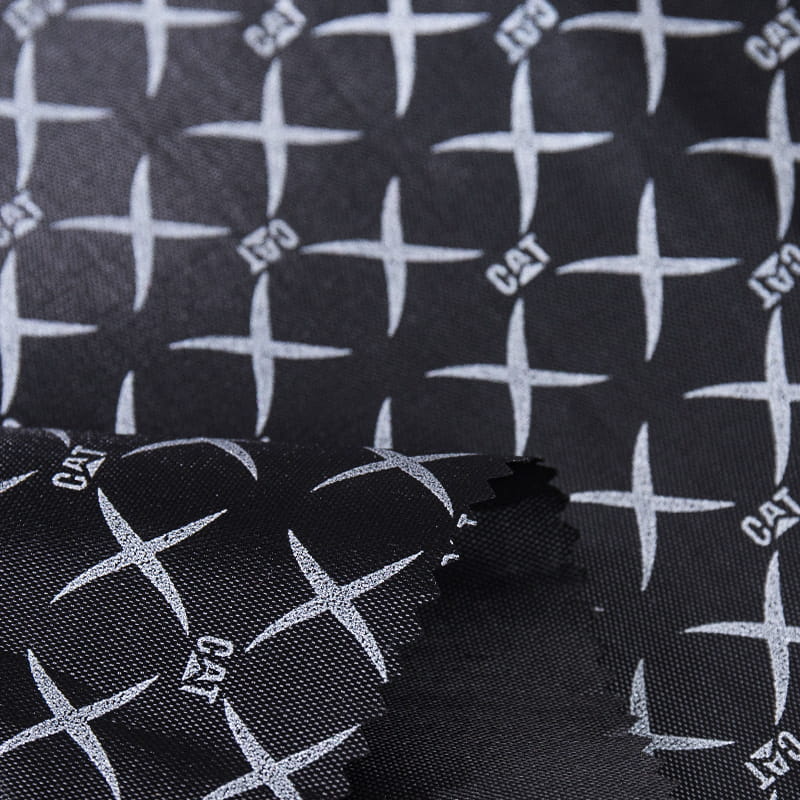
1. Characteristics of nylon foam fabric
Wear resistance: The wear resistance of nylon foam fabric is in the leading position among all synthetic fibers, thanks to its unique foam structure and the high strength of nylon fiber. This abrasion resistance makes bags made from nylon foam fabric extremely durable and able to withstand prolonged use and wear.
Lightness: The excellent lightness of nylon foam fabric is mainly due to its unique foaming technology. During the manufacturing process, gas is injected into the nylon fibers to form tiny bubble structures, thereby reducing the density and weight of the fabric. This foam structure not only maintains the original strength and wear resistance of nylon fiber, but also gives the fabric lightness. Due to the low density and light weight of nylon foam fabric, the bag made of it is naturally extremely lightweight. Whether in daily life or outdoor activities, lightweight bags can greatly improve the user's comfort and convenience. For example, during outdoor activities such as hiking and mountain climbing, lightweight bags can reduce the burden on the wearer and allow them to enjoy the journey more easily.
Elasticity and cushioning: Nylon foam fabric has good elasticity and cushioning properties. When impacted by external force, the foam structure can effectively disperse the impact force and reduce damage to the items inside the bag. This property makes nylon foam fabric ideal for protecting valuable items.
Thermal insulation and thermal insulation: The foam structure in nylon foam fabric can form an air layer, which has certain thermal insulation and thermal insulation effects. This allows bags made of nylon foam fabric to maintain good temperature stability in cold or hot environments, providing good protection for the items inside the bag.
Environmental protection: In the production process of nylon foam fabrics, recyclable materials can be used to reduce the impact on the environment. In addition, due to their durability and reusability, bags made of nylon foam fabric also have a long service life, reducing waste generation.
2. Comparison with polyester fiber
Wear resistance: Although polyester fiber also has good wear resistance, in comparison, nylon foam fabric has better wear resistance. This gives bags made of nylon foam fabric an advantage in terms of durability.
Lightness: The density and weight of nylon foam fabric are much lower than polyester fiber, so the bags made are lighter. In pursuit of lightweight outdoor activities, nylon foam fabric has more advantages.
Elasticity and cushioning: Nylon foam fabric has better elasticity and cushioning properties, which can effectively protect the items in the bag from impact. The performance of polyester fiber in this regard is relatively weak.
3. Comparison with leather
Environmental protection: The production process of leather usually involves a lot of chemical processing and the consumption of animal resources, while nylon foam fabrics are more environmentally friendly. In today's pursuit of sustainable development, nylon foam fabrics have more advantages.
Lightness and comfort: Although leather has an elegant look and feel, its weight and hardness are not conducive to carrying it for long periods of time. Bags made of nylon foam fabric are lighter, more comfortable, and more suitable for long-term carrying and use.
Durability: While leather also offers better durability, nylon foam may have an advantage in some areas, such as abrasion and tear resistance. This makes bags made of nylon foam fabric more reliable during outdoor activities.

Related Products
Copyright © Jiaxing City Zhouye Textile Co., Ltd. All Rights Reserved.

 English
English русский
русский عربى
عربى